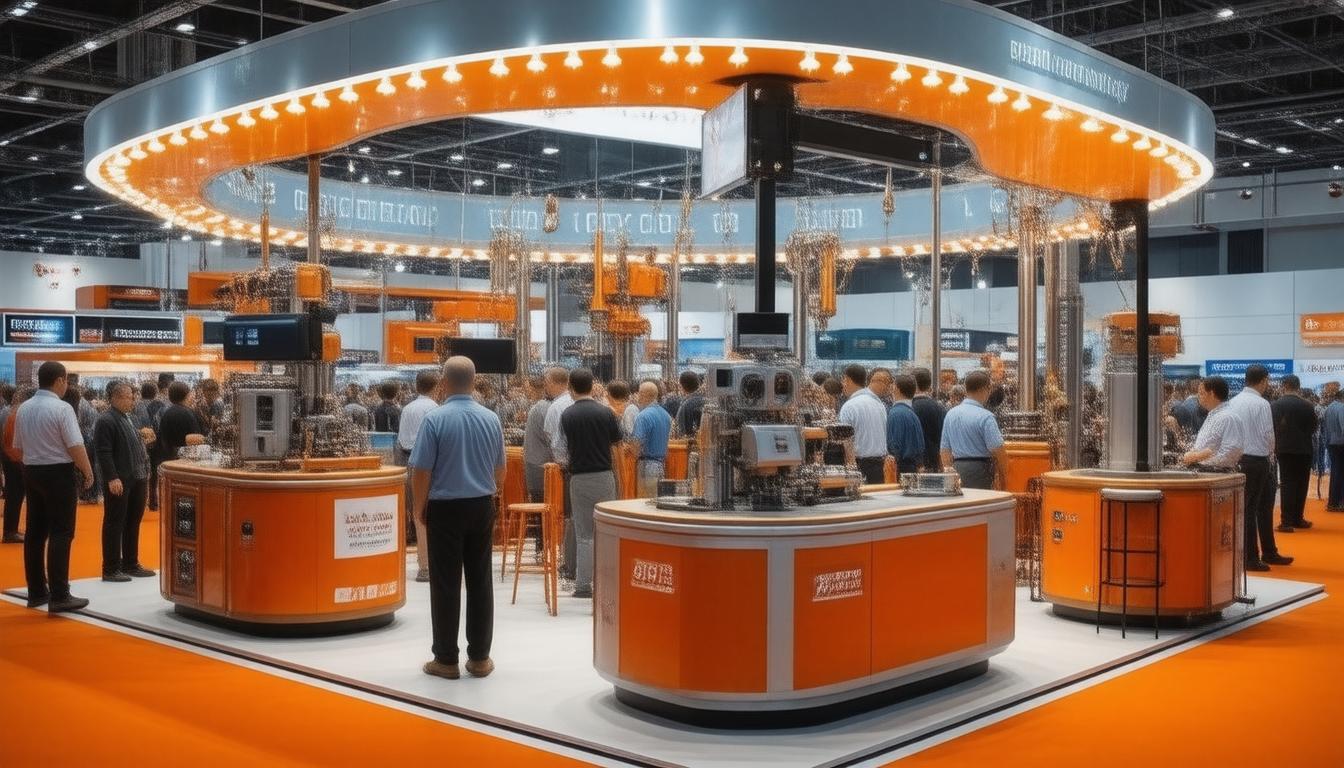
Trenchless sewer repair has revolutionized the way we address underground pipe problems. Gone are the days when repairing a sewer line inevitable meant extensive digging, ruining lawns, and lengthy repair times. Trenchless technology offers a less invasive solution for repairing damaged sewer pipes with minimal surface disruption. As a result, it is becoming the go-to method for both residential and municipal sewer repairs.
Understanding Trenchless Sewer RepairAt its core, trenchless sewer repair involves fixing pipes from the inside out. There are various methods, but the most common are pipe lining and pipe bursting. Pipe lining involves inserting a flexible tube coated with resin into the damaged pipe. Once in place, the tube is inflated and the resin hardens, creating a new pipe within the old one. Pipe bursting, on the other hand, involves breaking the old pipe while simultaneously dragging a new one into place.
Step-by-Step Guide to Trenchless Sewer Repair Step 1: Initial InspectionThe first step is to thoroughly assess the condition of the existing pipes. A specialized camera is fed into the sewer line to provide a clear view of any damage and to determine the suitability of trenchless repair methods. This inspection is crucial for planning the repair process.
Step 2: Cleaning the PipesBefore any repairs can be made, the existing sewer line must be cleaned. High-pressure water jetting is often used to remove debris, roots, and other obstructions, ensuring a clear path for the new pipe material.
Step 3: Pipe Lining or Pipe BurstingFor Pipe Lining: If pipe lining is the chosen method, the flexible tube with resin is inserted into the pipe and positioned correctly. The tube is then inflated, and the resin is allowed to cure, which can take several hours. Once cured, the tube is removed, leaving behind a sturdy “pipe within a pipe.”
For Pipe Bursting: If pipe bursting is the method of choice, a bursting head is attached to the new pipe. The head is pulled through the old pipe, breaking it apart while pulling the new pipe into place.
Step 4: Reinstating Branch LinesAfter the mainline is repaired, any lateral connections or branch lines need to be reestablished. Often, small robotic cutters are used to reopen any connections covered by the new pipe lining.
Step 5: Final InspectionThe last step is to perform another video inspection to ensure that the repair has been successful. This helps verify the integrity of the new pipe and that all connections have been properly reinstated.
The Benefits of Trenchless Sewer RepairOne of the main advantages of trenchless sewer repair is the minimal environmental impact compared to traditional methods. It requires less digging, which means preserving landscaping, driveways, and sidewalks. Additionally, trenchless repairs are often faster and less costly in the long run since they minimize property damage and restoration work.
Considerations Before Choosing Trenchless RepairWhile trenchless sewer repair offers many benefits, it is not always the right choice for every situation. Factors such as the extent of pipe damage, pipe material, and local soil conditions can affect suitability. Always consult with a professional to determine if trenchless methods are appropriate for your specific circumstances.
ConclusionTrenchless sewer repair presents a modern approach to fixing old problems. With its efficient and less disruptive methodologies, it represents a significant advance in sewer maintenance and repair. Homeowners and municipalities looking for an effective way to address sewer line issues would be wise to consider the trenchless options available to them.






